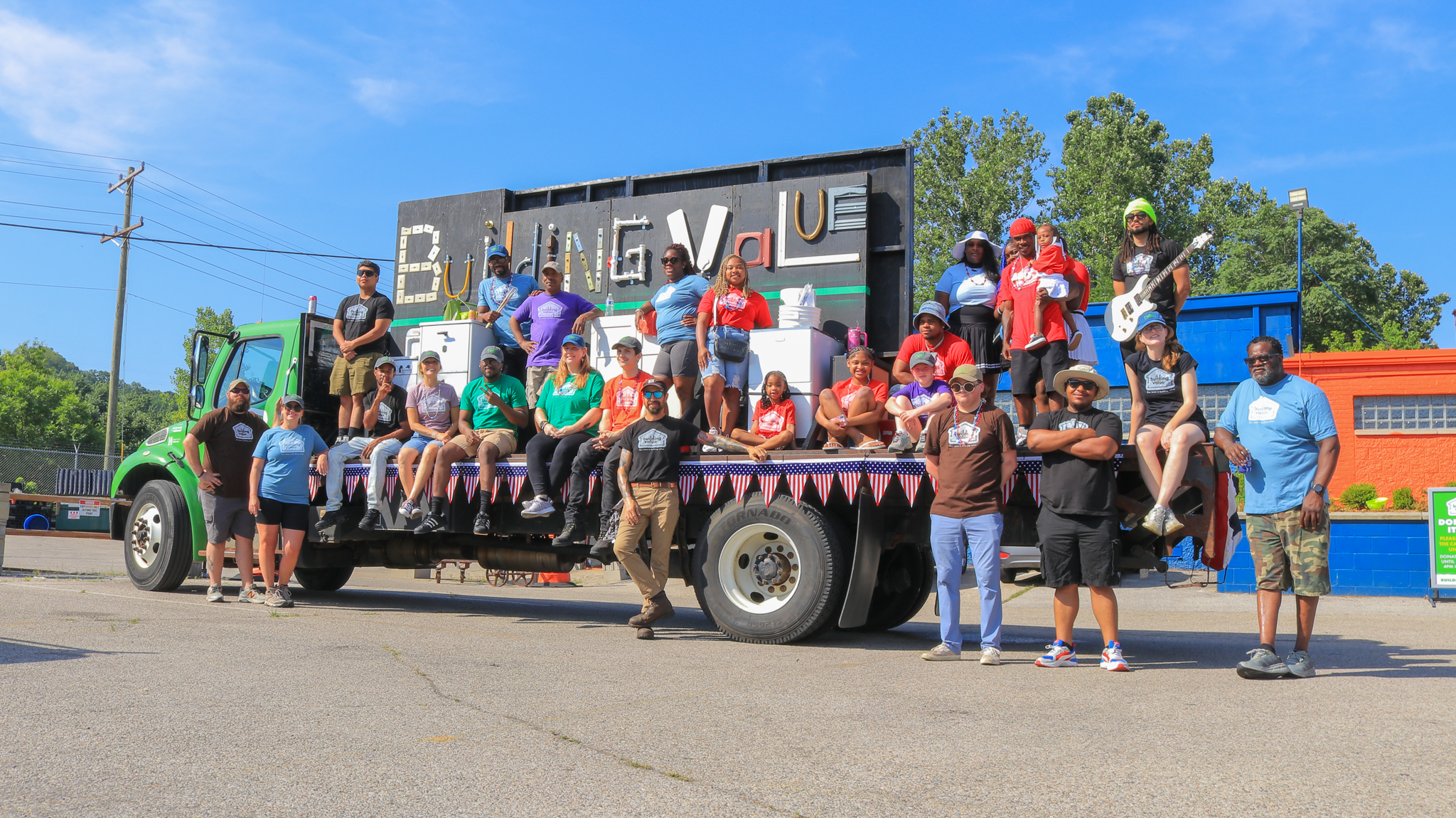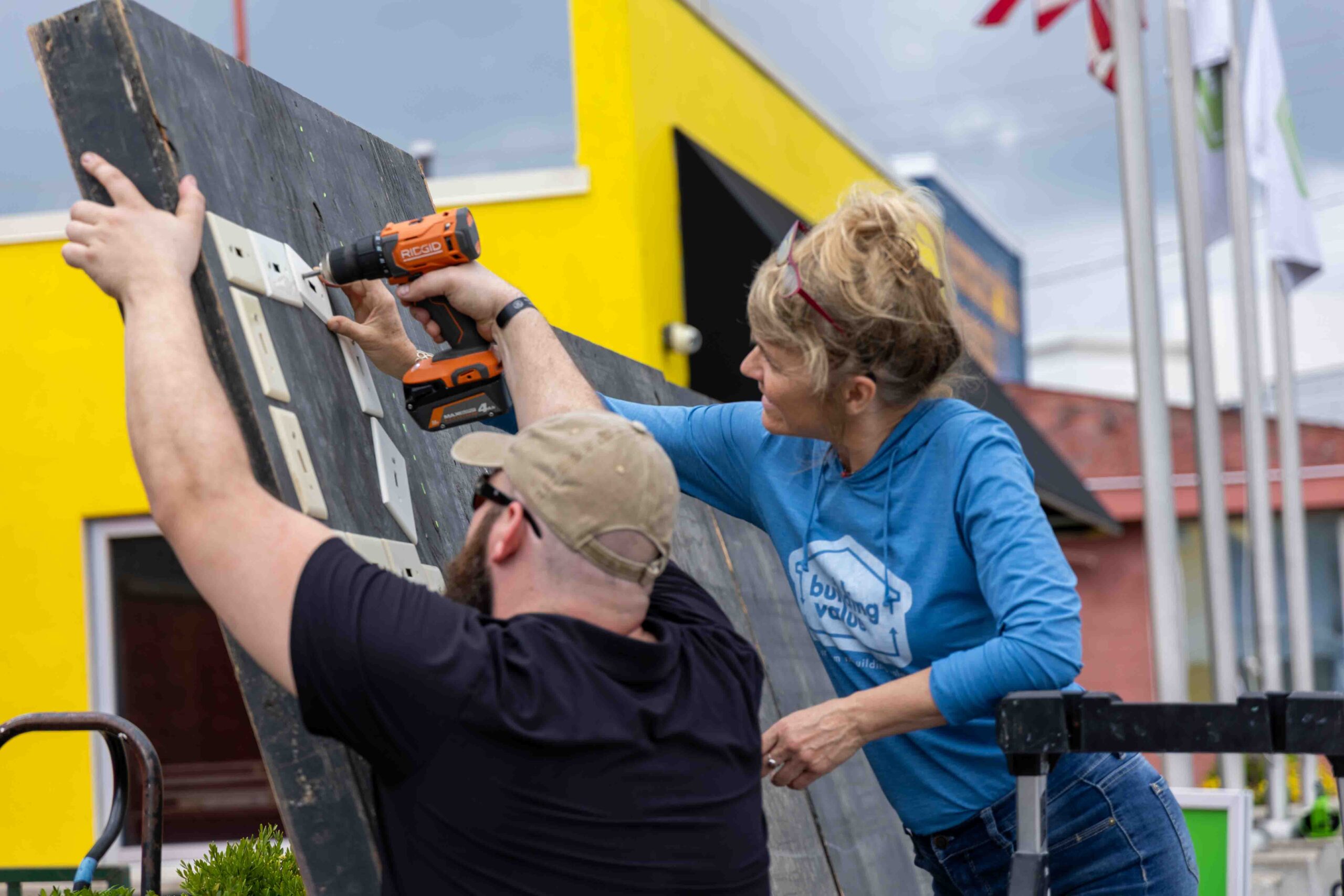News & Events
What's the latest buzz around Building Value? Read on to learn more about our people, products, and projects!

What's happening at Building Value
Photo Gallery: Building Value Marches (and Floats!) in the Northside 4th of July Parade
If you’ve ever been to the Northside 4th of July Parade, you know it’s no ordinary celebration. It’s a beloved Cincinnati tradition full of color, creativity, and community pride—and this year, Building Value was proud to be a part of it! We rolled into the parade with a float that was as one-of-a-kind as our...
The Salvage Scoop – June 2025
Congratulations to our Graduating Cohort! We’re proud to celebrate the recent graduation of five outstanding participants from our Construction Training Program! Congratulations to Johnny Jones, Artrimus Sarter, Derrick Hollins, Evontay Oats, and Brandon Ralls (not pictured) for completing hands-on training in deconstruction, warehouse operations, and job readiness. These graduates are already turning their training into...
Photo Gallery: Building Value Open House
Our Open House last Saturday was a huge success—and it’s all thanks to YOU! We were thrilled to welcome neighbors, customers, partners, and friends to celebrate the exciting changes to our store. From newly renovated spaces and fresh exterior updates to good food and great conversations, the day was a celebration of everything Building Value...
Subscribe to Our Newsletter
* indicates required field
"*" indicates required fields



We are sustainability: Our efforts help the environment, reduce the cost of waste disposal, invest in the local workforce, and give architectural gems a second life.

© 2024 Building Value LLC and Easterseals Redwood. All Rights Reserved.
Building Value is a 501(c)3 not-for-profit enterprise.





